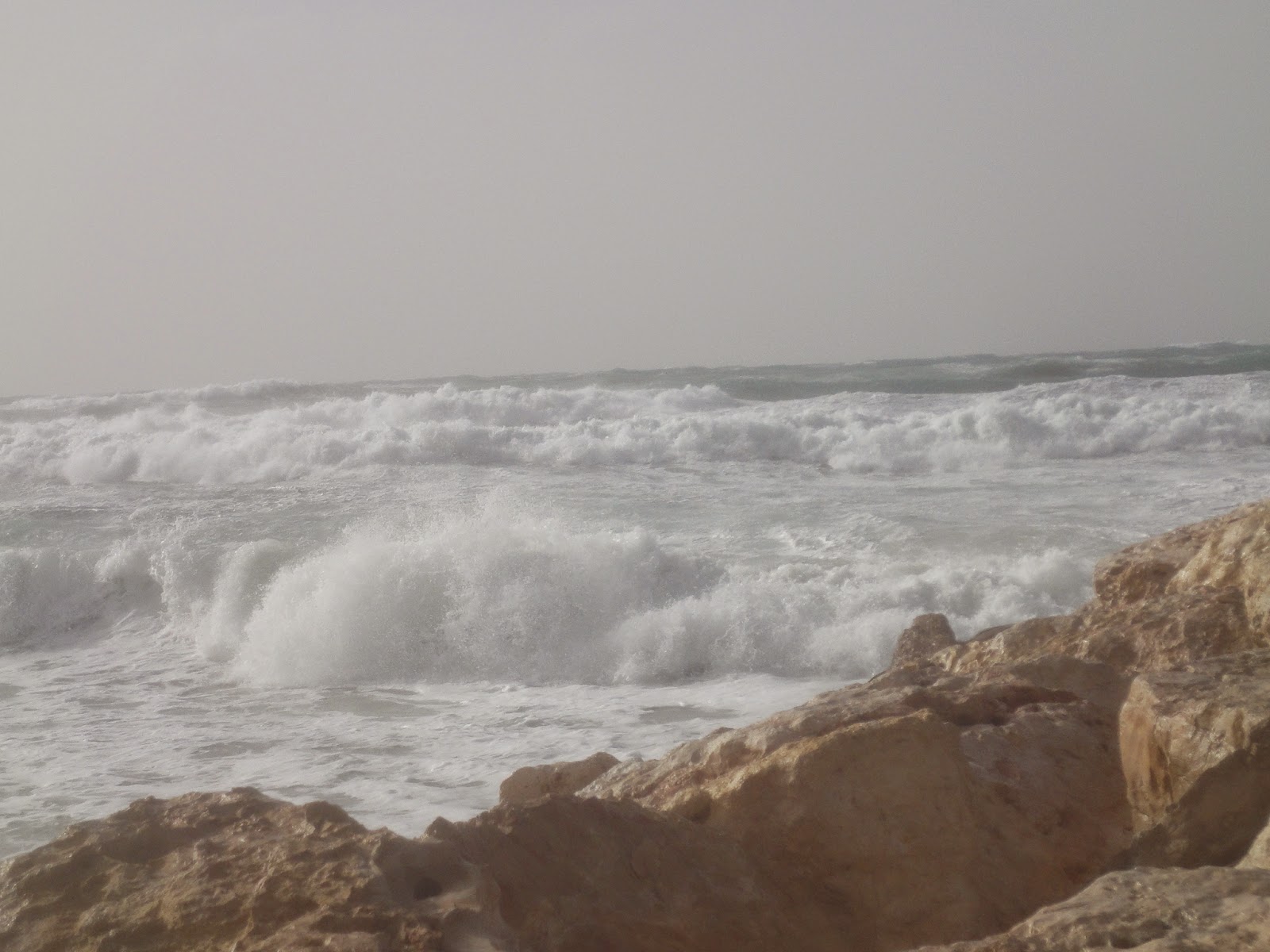Jutting out of the
Atlantic ocean waters in Rio de Janeiro,
Brazil, are several large granite-like pillars. By far the most famous of them is “Sugarloaf mountain”.
Rising 396 meters (1,299 ft) above Guanabara Bay, on a peninsula that sticks
out into the Atlantic, Sugarloaf attracts some 2,500 visitors daily. From the
top of this granite pillar one sees an impressive panoramic view of Rio de Janeiro.
[image: Panoramic view of Rio de Janeiro from Sugarloaf mountain.]
When I went to
Brazil in 2013, for a short one week visit, Sugarloaf was the first item on my
list of things which I wanted to see. I knew that the tramway had existed in
the50’s & 60’s; I remember seeing pictures of it when I was in grade
school. However, I was surprised when I learned just how long ago the original
tramway was built. In 1907, Brazilian engineer
Augusto Ferreira Ramos had the idea to build the cable car. The first
section was finished in 1912, and the second stretch in early 1913. And how
were the materials carried to the top? By hundreds of workers climbing the rock face, dragging
ropes, which were then used to haul up
heavier items. This Sugarloaf cable car
system was the first in Brazil and the third in the world, and it was longer
than the previous two. It was truly a technological feat in its time.
[image: Two of my sons (who are so different yet so similar to each other), horsing around in one of the original tram cars.]
Now can you
imagine that Mr. Ramos built this structure without a plan? Surely not. He had
a plan, and he carried it out. Because
without a plan, things just don’t get done!
[image: Mountain scene with the caption: "A goal without a plan is just a wish."]
Often people who
are not overweight look at people who are, and wonder why we don’t just decide
to lose. What they do not realize is that deciding is not enough. We need a
plan. A plan to deal with all those little things that get in the way of weight
loss and maintenance.
Once I had a
friend who told me how TERRIBLE she was; the day before she had overeaten. She
had rushed out to her job, forgetting to pack her nutritious lunch, and at
13:00 discovered that the only edibles around were some high calorie pastries,
so that is what she had eaten. Then as an afterthought, she added: “Today I
made SURE to pack my sandwich.”
Her inner voice
was telling her that she was terrible… and unsuccessful. But in actuality, she
had run into a problem… and developed a plan to correct it. To me that is
PROGRESS!
Can you train your
inner critic to note what you are doing RIGHT?
panorama.JPG)
.JPG)

























